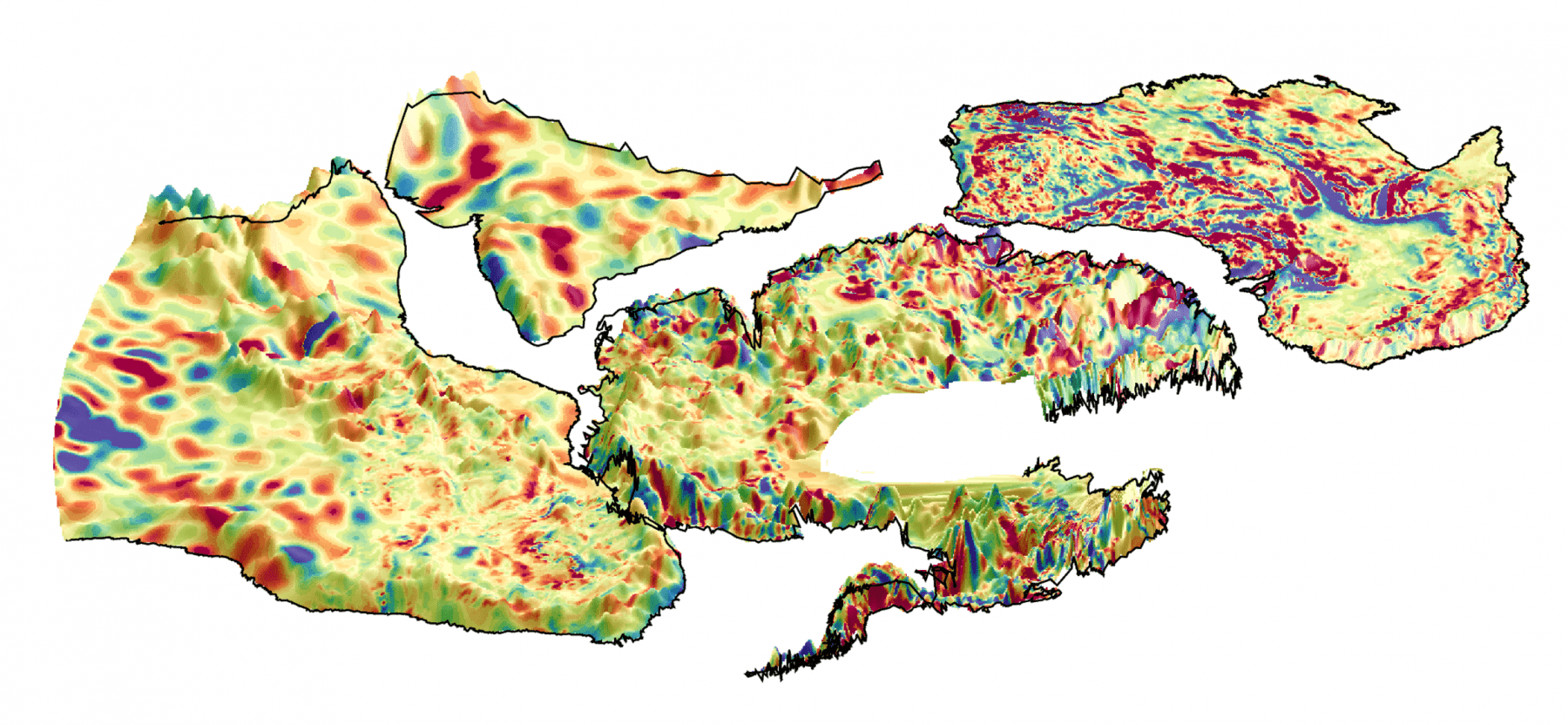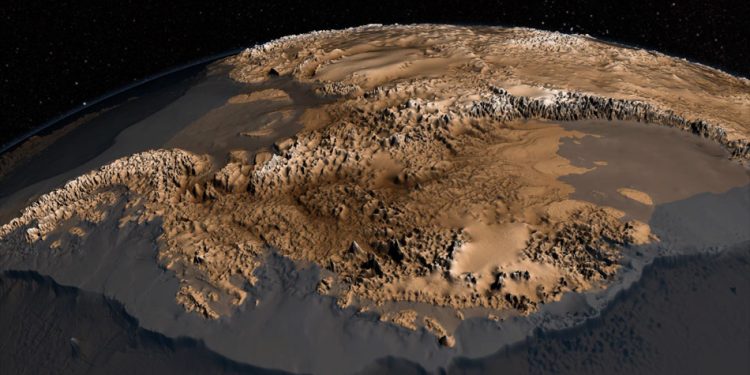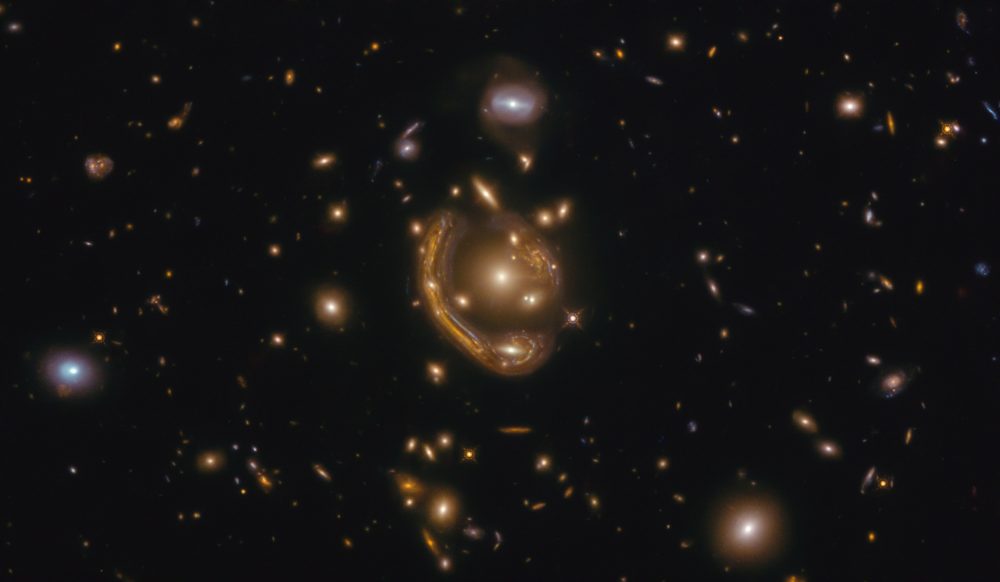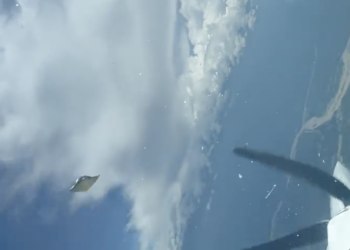Using data from ESA’s Swarm satellite mission, airborne measurements, and geology, the scientific team found the magnetic links between the continent and its ancient neighbors – India, South Africa, and Australia.
Antarctica is far from the rest of the world and all other continents, and one would think that this continental distribution was the same billions of years ago. Well, it wasn’t. About 200 million years ago, the continents were connected to a supercontinent called Gondwana.
This has been known for many decades, but science only had small pieces of the massive puzzle that is the history of our planet. Combining the knowledge we had until now with magnetic satellite data allowed the scientific team to see the full picture and how exactly Antarctica was connected to the other continents and India.
Furthermore, Antarctica’s sub-ice geology remains largely unexplored, and the results of this recent study will help scientists in their future research of the most inaccessible continent on Earth.
Swarm Satellite Mission
ESA’s Swarm Satellite Mission was launched in 2013, becoming the first exploration mission to focus entirely on Earth’s magnetic field. By far, this is the largest scientific achievement based on satellite data.
Swarm’s satellite data allowed scientists to construct a more spectrally consistent plate reconstruction. Understanding the geology of Antarctica is important not only for solving the puzzle of the ancient reformation of the continents but also for how it will shift in the future.
By combining aeromagnetic data with satellite data, scientists could identify the main tectonic signatures necessary to underline the correct links between Antarctica and the other continents that were once part of Gondwana.
Connecting Antarctica

Unfortunately, aeromagnetic data is not freely available for all parts of the world, and India is a good example. Scientists have found that there was a link between India and Antarctica but reconstructing this border requires aeromagnetic data that is yet to be obtained in the future.
When it comes to Australia and South Africa, there is an abundance of comprehensive aeromagnetic data that has been collected over the course of several decades.
The whole report of the latest findings is available in the Nature Journal Scientific Reports. It is available to read for free, and you can do it by following this link.
To make understanding the latest study easier for the wider public, ESA published an incredible video that shows the movement of Antarctica over the course of the past 180-200 million years. It provides a visual reconstruction of the ancient supercontinent of Gondwana and how Antarctica was connected to South Africa, Australia, and India.
As ESA formulated it, “the resulting combined datasets provide a new tool for the international scientific community to study the cryptic sub-ice geology of Antarctica, including its influence on the overlying ice sheets.”
This study will undoubtedly be the starting point for many future geological and geophysical studies that will reconstruct this puzzle that is the past of our planet and the separation of the continents we know today. As for ESA’s video on the latest study, you can see it below.
Join the discussion and participate in awesome giveaways in our mobile Telegram group. Join Curiosmos on Telegram Today. t.me/Curiosmos
Sources:
• Celestial, J. (n.d.). Scientists discover east ANTARCTICA’S magnetic link to its ancient neighbors in Gondwana.
• Ebbing, J., Dilixiati, Y., Haas, P., Ferraccioli, F., & Scheiber-Enslin, S. (2021, March 09). East Antarctica Magnetically linked to its Ancient neighbours in Gondwana.
• ESA. (n.d.). Antarctica’s magnetic link to Ancient neighbours.
• Graham, K. (2021, March 09). Antarctica is linked magnetically to old neighbors in Gondwana.
• Science X. (2021, March 10). Antarctica’s magnetic link to ancient neighbors.











